The Samson Option: Zionist Armageddon
Israel's nuclear arsenal is an open secret, hanging over the Middle East like a Sword of Damocles.
And he gathered them together into a place called in the Hebrew tongue Armageddon.
And the seventh angel poured out his vial into the air; and there came a great voice out of the temple of heaven, from the throne, saying, It is done.
And there were voices, and thunders, and lightnings; and there was a great earthquake, such as was not since men were upon the earth, so mighty an earthquake, and so great.
(Revelation 16: 16-18)
Since Israel went full Old-Testament genocidal to avenge Hamas’s attack on October 7, talk about the Samson Option came to the fore in geopolitical debates. So what is this thing? To put it bluntly: if Israel faces an existential threat, it will unleash its whole (alleged) nuclear arsenal, in an orgy of death and destruction.
The last Samson nite
The name comes from the Biblical story of Samson, a judge whose hair gives him superpowers. His lover Delilah, in cahoots with the dastardly Philistines, has Samson’s hair cut. He is captured, the dastardly Philistines gouge out his eyes, and when he is tied to two pillars at a temple for their amusement, God gives him a huge hand: Samson recovers his superpowers and tears down the pillars, screaming, “Let my soul die with the Philistines!”
The temple collapses and everybody dies, including our super hero.
Or, as The Pixies put it,
“Chained to the pillars, a three-day party
I break the walls
And kill us all with holy fingers”
The idea was, then, that if you are about to be destroyed by your enemies, be sure to take them with you — as well as innocent bystanders, if they happen to be around.
Renowned investigative journalist Seymour Hersh offered a detailed account of this strategy in his book The Samson Option, published in 1991. Hersh provides an in-depth examination of Israel's nuclear programme, its historical development, the factors that contributed to it, and the clandestine nature of its operations. The book explores the motivations behind Israel's pursuit of nuclear weapons, the primary one being to ensure its survival.
Now you see it, now you don’t
Hersh’s key claim is that Israel possesses a significant nuclear arsenal. The book challenges the policy of “nuclear ambiguity” (or “opacity”) maintained by successive Israeli governments, which have always refused to admit if they have nuclear weapons or not — this is supposed to be a deterrence strategy, to let the enemies guessing. The author presents evidence and interviews with various persons involved in Israel's nuclear program.
Moreover, Hersh's book delves into the implications of Israel's nuclear programme, particularly the concept of the Samson Option:
“With a nuclear arsenal there would be no more Masadas in Israel's history, a reference to the decision of more than nine hundred Jewish defenders — known as the Zealots — to commit suicide in A.D. 73 rather than endure defeat at the hands of the Romans … For Israel's nuclear advocates, the Samson Option became another way of saying ‘Never again.’”
Israel’s nuclear programme is an open secret — we might even say “wide open”. A timeline of its development is well established (with the usual caveats like “allegedly”, “widely believed”, and so on). An example is the infographics below, from the Centre for Arms Control and Non-Proliferation.
Any serious organisation tracking nuclear arsenals includes Israel. The most common estimates point to 90 nuclear warheads, that can be fit inside the Jericho missiles, able to reach almost 5,000 km. The Dolphin-class submarines, built by Germany, are believed to be nuclear-ready. The arsenal would also include nuclear shells for artillery, as well as nuclear landmines.
This infographic by CSIS (Centre for Strategic and International Studies) shows us how far Israeli missiles can go.
Tiny but deadly
The website Global Security explains why Israel felt compelled to invest in the ultimate deterrence.
“Israel is tiny (smaller than New Jersey) when compared to its Arab neighbours. More pointedly, it lacks strategic depth. A hostile fighter could fly across all of Israel (40 nautical miles wide from the Jordan River to the Mediterranean Sea) within four minutes, while traveling at ‘only’ subsonic speed.”
A small population from which to tap reservists can lead to serious economic problems — already occurring while the carnage in Gaza goes on. But this is what happens when you occupy a land, resorting to massacres and expelling the native population by the hundreds of thousands. You can’t have everything.
Mandatory readings
Hersh’s book is a painstakingly detailed account of the history of the nuclear programme, and its many geopolitical comings and goings. Despite some controversial points, most of what is revealed in The Sampson Option is accepted.
Another essential book for those who want to delve deep into this issue is Israel and The Bomb, by Avner Cohen, who tells the history of the project from its inception in the late 50s to the early 70s (before the Yom Kippur War, in 1973). Read these two books, if you will.
Once upon a time
The Israeli nuclear project started in earnest in the aftermath of the Suez Crisis fiasco in 1956. After Egyptian President Gamal Abdel Nasser nationalized the Suez Canal, the UK, France, and Israel launched an attack. American President Eisenhower, showing who was the real boss now, humiliated the three countries, demanding that they aborted their operation — or else.
Israel was experiencing a remarkable military victory, swallowing up virtually the whole Sinai Peninsula. It was forced to withdraw nevertheless.
The episode left a bad taste in many mouths. In an ominous harbinger of the Samson Option, a former Israeli official told Seymour Hersh what he had thought when the Suez Crisis came to an end:
“We got the message. We can still remember the smell of Auschwitz and Treblinka. Next time we’ll take all of you with us.”
Allez les Bleus
The Suez debacle had two very important consequences: the French government decided to work with Israel to develop the latter’s nuclear project; and the United States were left out of the loop until the late 60s.
France helped Israel build its nuclear reactor, located at Dimona, in the Negev Desert, where plutonium was being processed. Norway also helped, furnishing heavy water (which allows processing natural instead of enriched uranium).
The project was coordinated by Shimon Peres, Director-General of the Ministry of Defence (he would go on to lead three Ministries, become Prime-Minister, and President). Nuclear scientist and chemist Ernst Bergmann, founder of the Israel Atomic Energy Commission, and known as the “father” of the country’s nuclear programme, played a fundamental role.
Left behind
Throughout the 60s, American governments suspected something was going on, but the Israelis kept the matter secret, which led to increasing tension between the two countries.
President John F. Kennedy, who was committed to the non-proliferation of nuclear weapons, strongly pressured the Israeli government. The administration considered that an Israel with nuclear weapons would be a major destabilising factor not only in the Middle East, but more generally in the geopolitical landscape of the Cold War.
In the end, there were two visits to Dimona, with the Israelis making the case that the reactor would only be used for civilian purposes. This was followed by a tacit accommodation — although the Americans remained suspicious of Israel’s intentions.
As an aside, Kennedy made an awful lot of enemies during his short period as President. But as we all know, he was assassinated by a lone gunman. Right?
We’re gonna keep it in the family
It was only in 1969, when American President Richard Nixon received Israeli Prime-Minister Golda Meir, that a compromise was reached. According to Avner Cohen, Israel would not make nuclear tests, and the US would not pressure them to sign the Treaty on the Non-Proliferation of Nuclear Weapons, also known as NPT (Non-Proliferation Treaty).
Israel still is one of the four countries that are not parties to the NPT, together with India, Pakistan, and South Sudan.
The US honoured its part of the deal, but there are strong indications that Israel did not (as we’ll see later).
Begin the Begin (Doctrine)
After former terrorist Menachem Begin, from the Likud Party, became Prime-Minister in 1977, Israel started enforcing the so-called “Begin Doctrine”: the country’s adversaries in the Middle East must not develop nuclear weapons. This doctrine was applied in the attacks on the nuclear reactors Osirak in Iraq in 1981, and Al-Kibar in Syria, in 2007.
More recently, the Israelis developed the malware Stuxnet, to sabotage the Iranian nuclear programme, as well as assassinating Iranian scientists. The IEEE (Institute of Electrical and Electronics Engineers) explains how it did its job:
The spy who robbed me
Bombing nuclear facilities and killing scientists were just two items in Israel’s menu. In the rush to develop their deterrence strategy, while shrouding it in mystery, the Israelis didn’t shy from stealing material and information (from the US and other countries), buying stuff in the black market and, of course, spying.
Arnon Milchan, a Hollywood producer responsible for films such as Fight Club and Pretty Woman, is one of the most famous Israeli spies. He was recruited in the early 60s by then Defence Minister Shimon Peres and, for more than three decades, established connections which were very beneficial to his country on strategic and technological issues.
He embraced his mission with enthusiasm.
"Do you know what it's like to be a 20-something-year-old kid [and] his country lets him be James Bond? Wow! The action! That was exciting."
Blasphemous rumours
The opacity strategy had as one of its effects the proliferation of rumours. One of the most widespread was related to the Six-Day War, in 1967: a plan to detonate a nuclear device in the Sinai Peninsula to intimidate the Egyptian armed forces. It would be a “demonstration” of the Israeli might.
A few years ago, the New York Times published a news story with excerpts of an interview with General Yitzhak Yaakov when he talked about the plan, called — you bet — Operation Samson. The interview, originally given in 1998 to the Yedioth Ahronoth (the best-selling newspaper in Israel) had been censored by the Israeli military. Since they couldn’t censor a foreign newspaper, the NYT ran the story when it got the transcripts.
Avner Cohen, however, disputes that account, and this carries weight because he also interviewed Yaakov. We may never know what actually happened. Opacity indeed.
Close to the edge
A very serious incident happened during the Yom Kippur War, in 1973. In the first few days, the Egyptian and Syrian armed forces were overrunning Israel’s defences, and the country’s very existence looked seriously at risk. In this desperate situation, the government put its missiles and planes on high alert.
The tensions between the US and the USSR during the conflict led the Nixon government to raise the American nuclear alert to DEFCON 3.
After a few days, however, the Israelis managed to turn the tide and take back the lost territory. The nuclear hysteria was over.
Ten years ago, Avner Cohen interviewed Arnan “Sini” Azaryahua, who was a senior aide to a minister, and told him about a high-level meeting in the first days of the war. He claimed that Defence Minister Moshe Dayan wanted a nuclear “demonstration” (here we go again), but Golda Meir rejected it. It was close.
Apartheid for you, apartheid for me
Remember the (alleged, of course) compromise between Israel and the US? The Israeli (alleged) promise to not perform nuclear tests?
On September 22, 1979, an American spy satellite detected an unexpected double flash over the ocean, between South Africa and Antarctica. This was the hallmark of a nuclear explosion. But who did it?
In what became known as the Vela Incident, after the satellite’s model, all signs pointed to a nuclear test performed by Israel and apartheid South Africa.
The two countries had a close relationship on nuclear matters, going back many years. Evidence of the partnership was provided by the revelation of top secret meetings between the two governments. A letter from Shimon Peres to E. M. Rhoodie, South Africa’s Secretary for Information, written in 1974, has this absurd passage:
“This cooperation is based not only on common interests and on the determination to resist equally our enemies, but also on the unshakeable foundations of our common hatred of injustice and our refusal to submit to it.”
If for some obscure reason you refuse to believe the Israeli Human Rights organisation B’Tselem, which denounced the Israeli apartheid regime, you can take the word of Tamir Pardo, a former Mossad chief:
It comes as no surprise that Nelson Mandela and Desmond Tutu were lifelong supporters of the Palestinian struggle. They knew an apartheid regime when they saw one.
![We know too well that our freedom is incomplete without the freedom of the Palestinians - Nelson Mandela [460x230] : r/QuotesPorn We know too well that our freedom is incomplete without the freedom of the Palestinians - Nelson Mandela [460x230] : r/QuotesPorn](https://substackcdn.com/image/fetch/$s_!D_j6!,w_1456,c_limit,f_auto,q_auto:good,fl_progressive:steep/https%3A%2F%2Fsubstack-post-media.s3.amazonaws.com%2Fpublic%2Fimages%2F201566d3-6f77-4df9-afc4-2d13a038bb1c_460x230.jpeg)
Blowing the whistle
The whole “opacity” thing took a very serious blow in 1986, thanks to Mordechai Vanunu, a former technician at Dimona, in the Negev Nuclear Research Center. Unhappy with Israel’s belligerent foreign policy, the violence against Palestinians, and even the privileged positions of Ashkenazi Jews, Vanunu decided to break the taboo on the nuclear programme.
Vanunu managed to secretly take many pictures of the facilities and gave them, together with the information he gathered, to The Sunday Times. It was a treasure trove for the newspaper: among the revelations, were the secret use of technology for building nuclear weapons, and the amount of plutonium produced until then — which would be sufficient for about 150 bombs.
The newspaper published the story on its front page. It was a sensation. But Vanunu would soon feel the wrath of Israel.
He was caught in a honey trap, went to Rome, and was kidnapped by Mossad operatives. Vanunu was sent to Israel and judged for spying and treason. The sentence was harsh: eighteen years in prison, of which the first twelve were in solitary confinement.
After being released, he became a prisoner in his country. Among many restrictions, he can’t leave Israel, can’t be near an airport or a foreign embassy, and his phone and internet connection are tapped. Vanunu keeps defiant, though, denouncing his ongoing ordeal whenever he can.
Let’s go crazy
After Vanunu’s revelations, Israel’s programme became less and less secret. Political leaders Shimon Peres and Ehud Olmert all but spilled the beans. Former US President Jimmy Carter and former CIA Robert Gates explicitly said that Israel has nuclear weapons.
But in this regard, nothing was so shocking as the infamous comments made by the Israeli Minister of Heritage, Amichai Eliyahu, and the MP Revital Gotliv, in the aftermath of Hamas’s attack.
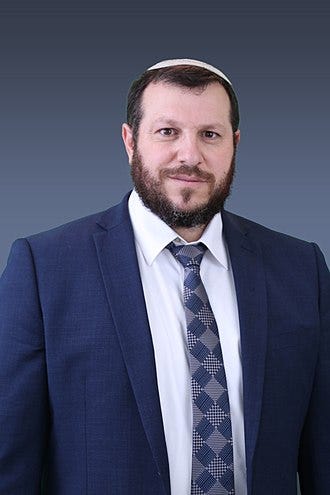
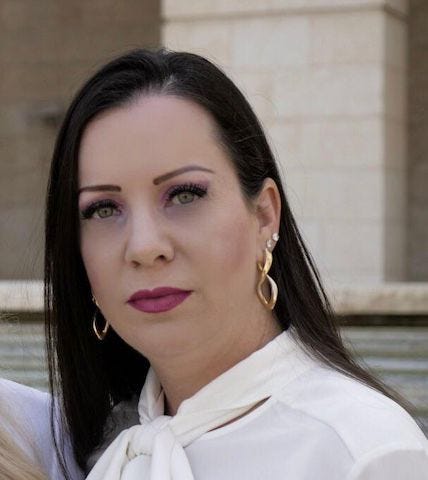
Eliyahu spewed his hatred during a radio interview:
Interviewer: “Your expectation is that tomorrow morning we’d drop what amounts to some kind a nuclear bomb on all of Gaza, flattening them, eliminating everybody there…”
Eliyahu: “That’s one way. The second way is to work out what’s important to them, what scares them, what deters them… They’re not scared of death.”
He was suspended from cabinet meetings after these comments. And that’s all.
Gotliv, on her part, went unhinged on Twitter:
“Jericho missile! Jericho missile! A strategic alert, before we consider introducing our forces. A doomsday weapon!”
Looks like there is not much to hide anymore.
One can ask, if this kind of speech is unleashed even when Israel is not confronting an existential risk (not yet, at least), what might happen when this is the case? What is the Samson Option about?
On the face of it, it’s not very different from any other deterrence policy. Massive retaliation against imminent destruction is something that the US and Russia would certainly do. Likewise for the other countries with nuclear weapons.
Unless — and we have to consider this possibility — the Samson Option is more than just retaliation to an attack. Remember what the Israeli officer told Seymour Hersh about the Suez Crisis: “Next time we’ll take all of you with us.”
Others would echo his thought.
From Being to Nothingness
In 2012, after German writer Günter Grass criticised Israel for “endangering world peace”, Israeli poet Itamar Yaoz-Kest — a Holocaust survivor — answered with a poem that included the following passage:
“For it is the right of the Nation of Israel to finally shut the gates to the world after it leaves this place (not of its free will!), and we have the right to say, at the price of the 3,000 year old fear: ‘If you force us yet again to descend from the face of the Earth to the depths of the Earth – let the Earth roll toward the Nothingness.’”
Nine years before, during the Al-Aqsa Intifada, Israeli military historian Martin van Creveld had already offered a much more brutal version of the same idea, as quoted by journalist David Hirst:
“We possess several hundred atomic warheads and rockets and can launch them at targets in all directions, perhaps even at Rome. Most European capitals are targets for our air force. Let me quote General Moshe Dayan: ‘Israel must be like a mad dog, too dangerous to bother.’ I consider it all hopeless at this point. We shall have to try to prevent things from coming to that, if at all possible. Our armed forces, however, are not the thirtieth strongest in the world, but rather the second or third. We have the capability to take the world down with us. And I can assure you that that will happen before Israel goes under.”
It seems extremely unlikely that Israel has the capacity to put the world to an end. But, if you look again at the map showing their missiles’ reach, Europe, Iran, and North Africa might have some unpleasant experiences.
The pillars of the temple still stand, but you never know.
There was someone else who said, many years ago: “We can go down, but we’ll take a world with us”. It was a failed amateur painter from Austria, and a rabid anti-Semite.
Check this out:
A podcast with a discussion of the Israeli nuclear programme.
A study of the Israeli project and the Samson Option, published in 1999 by the US Air Force Counterproliferation Center.
An interactive map of Israel’s nuclear facilities.
A memorandum from the (finally) late Henry Kissinger to President Nixon about Israel’s programme.





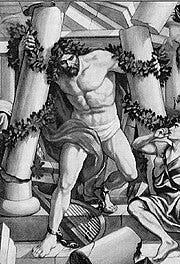

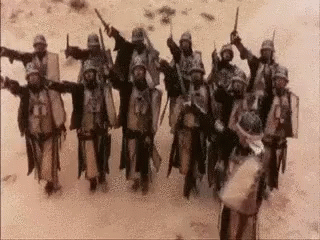
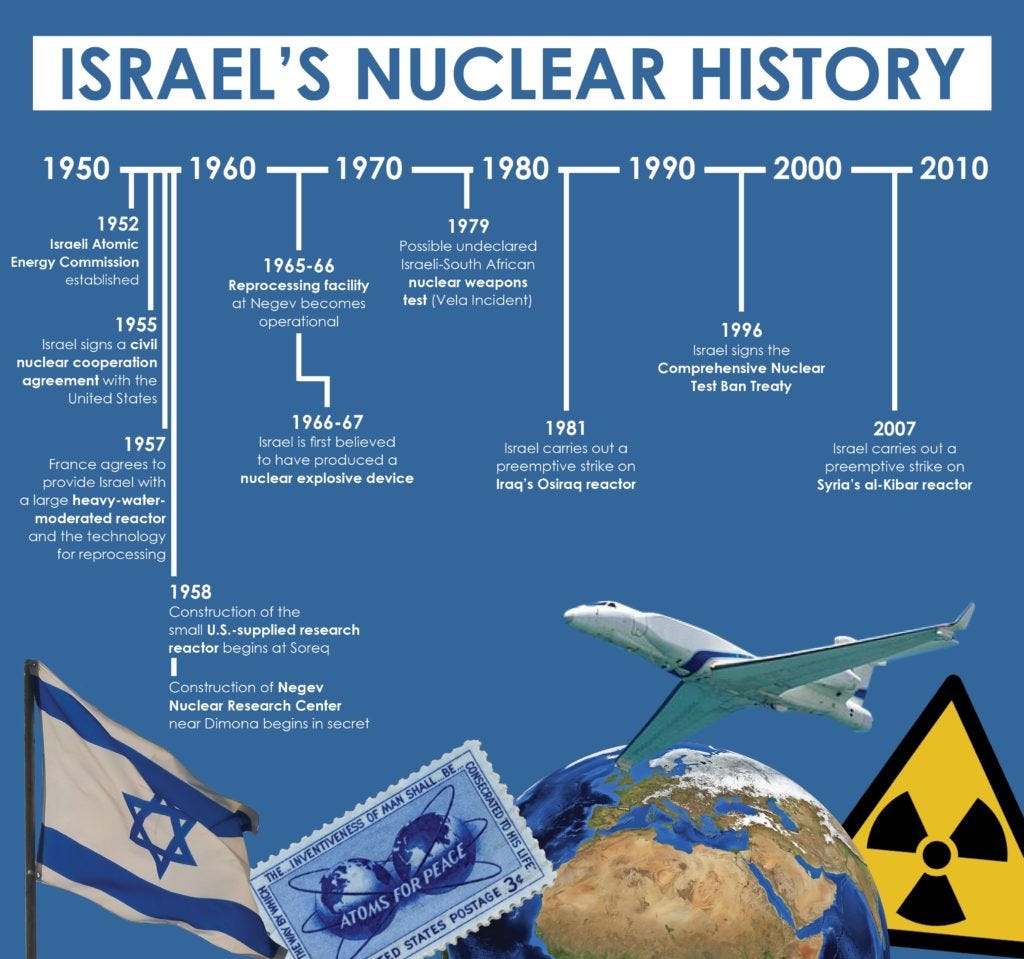
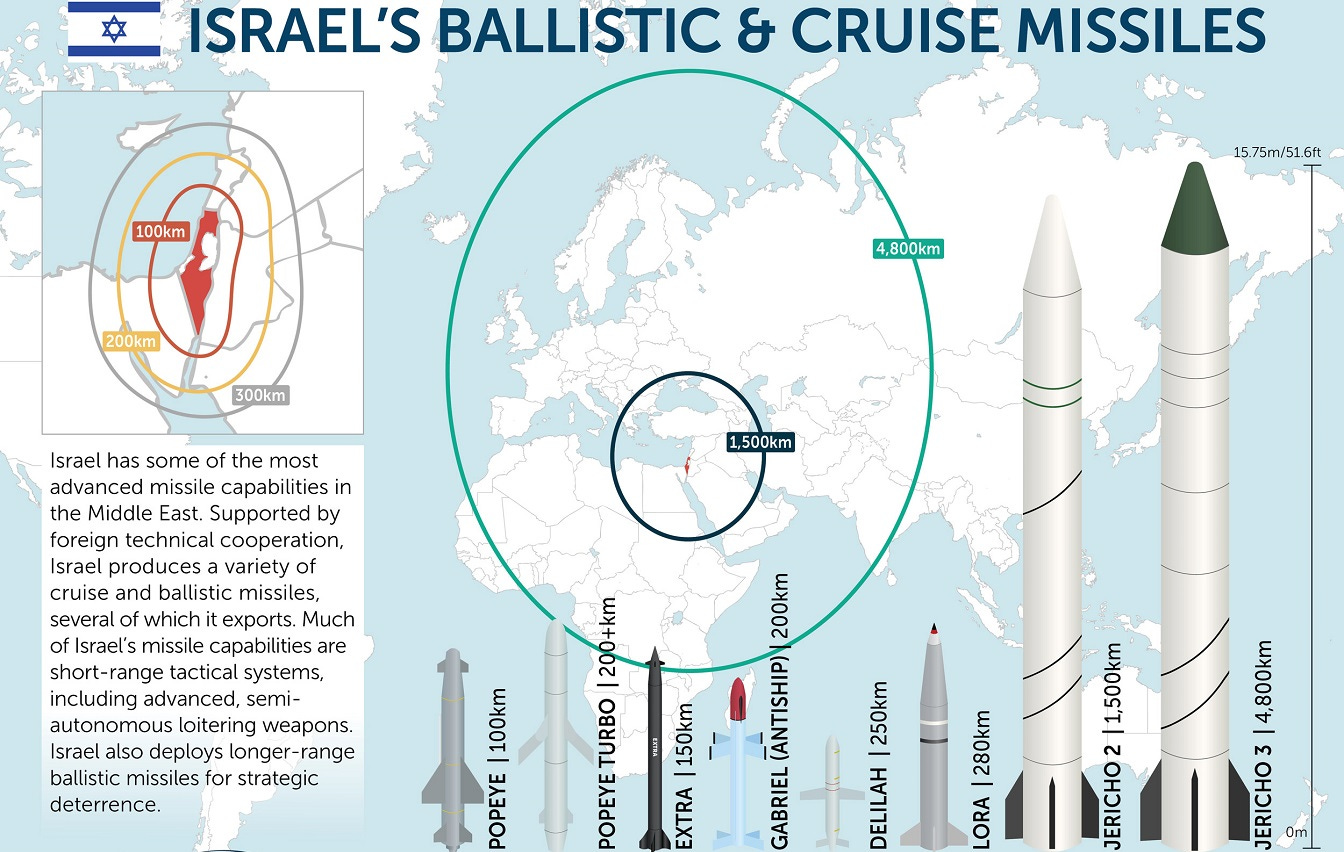
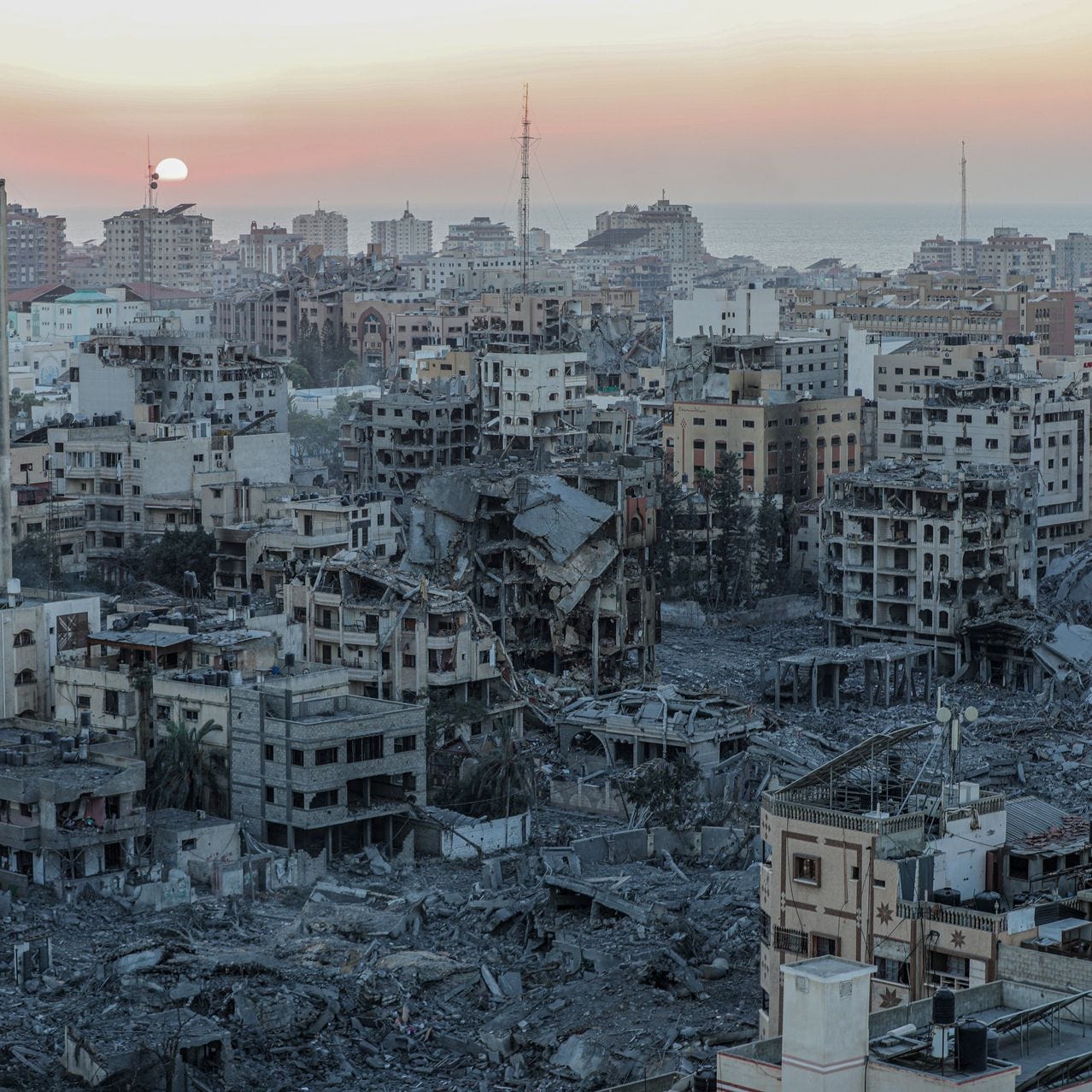

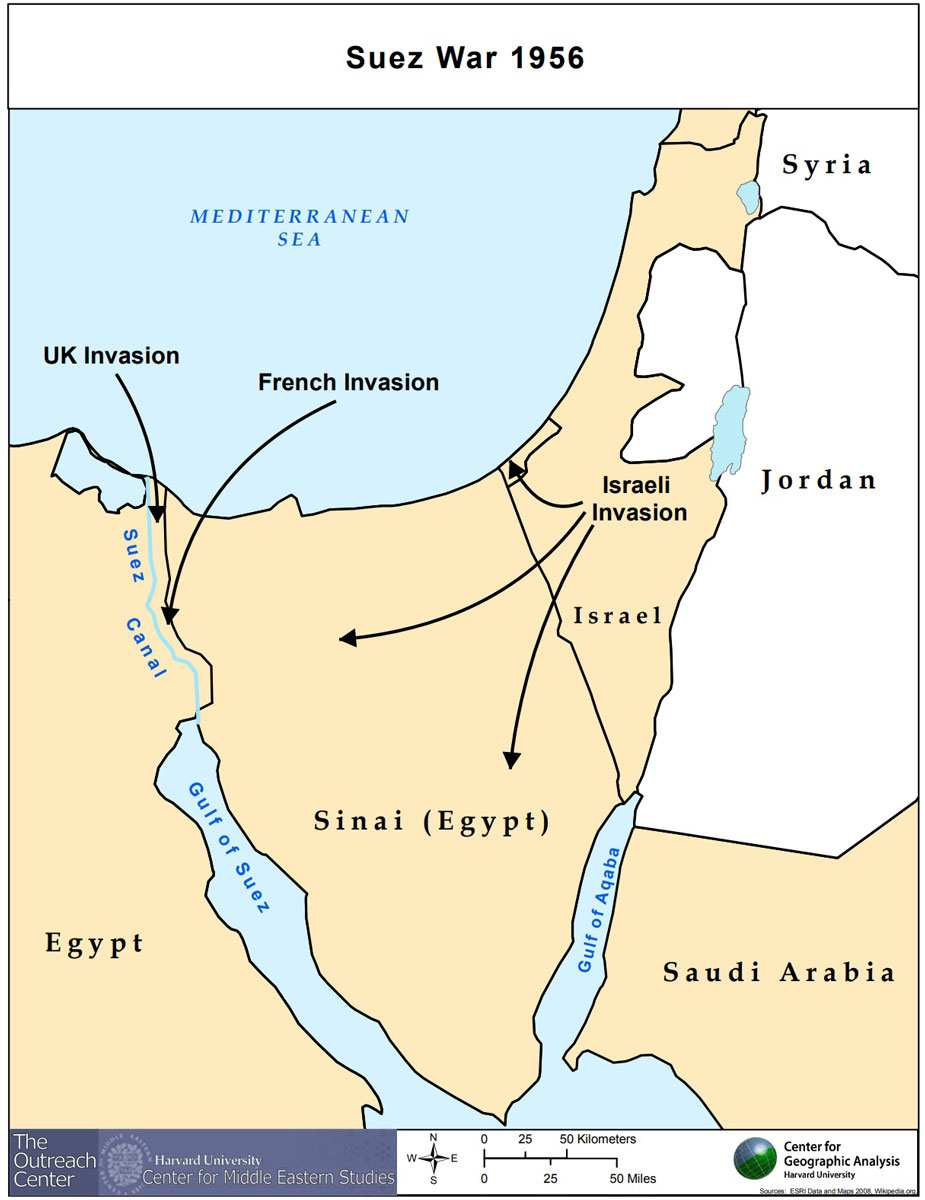
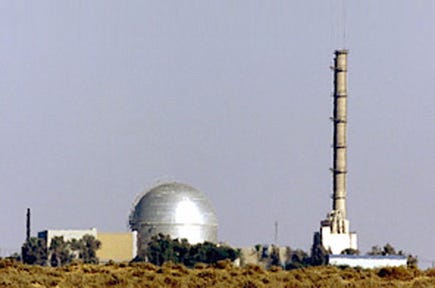
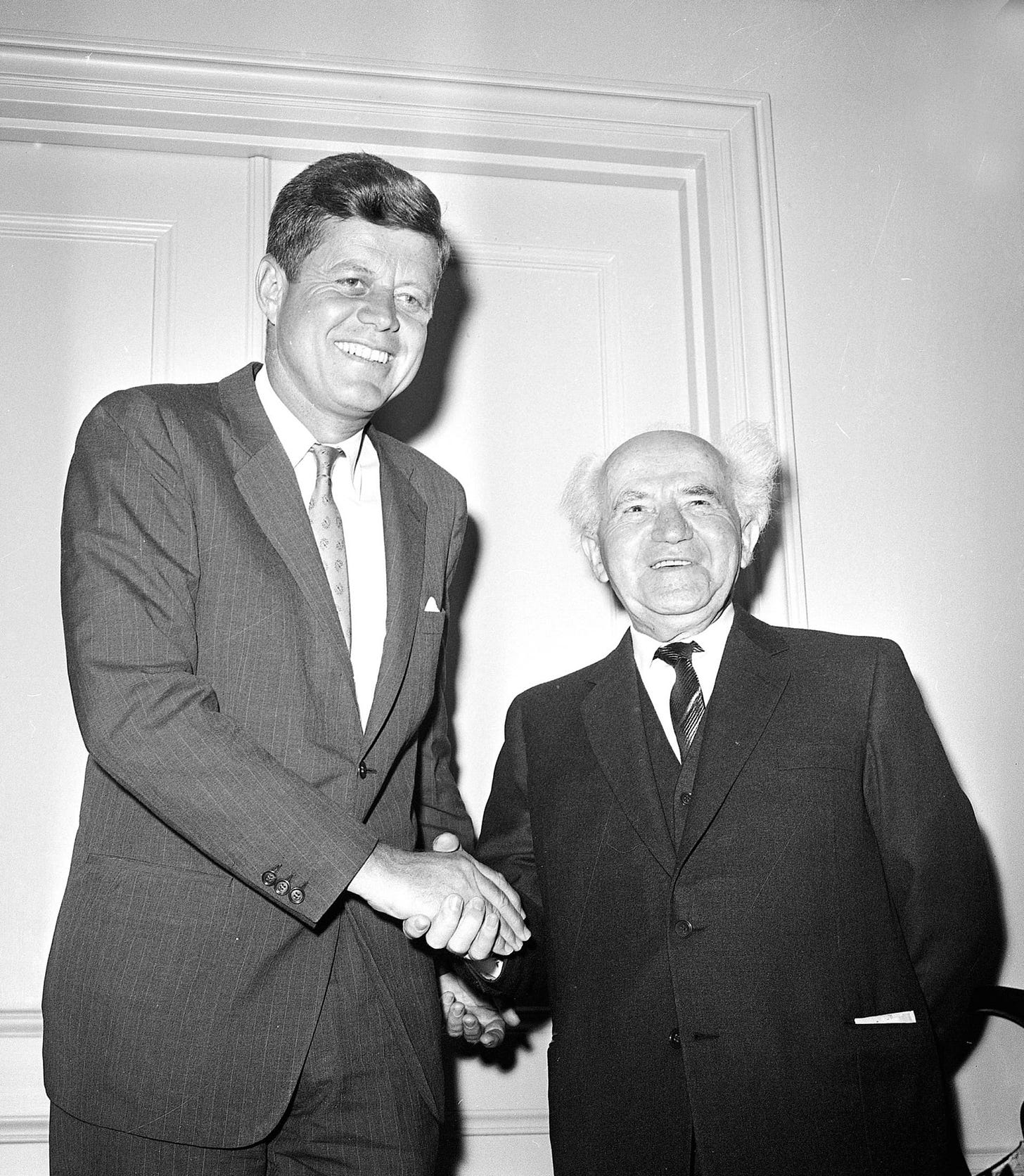


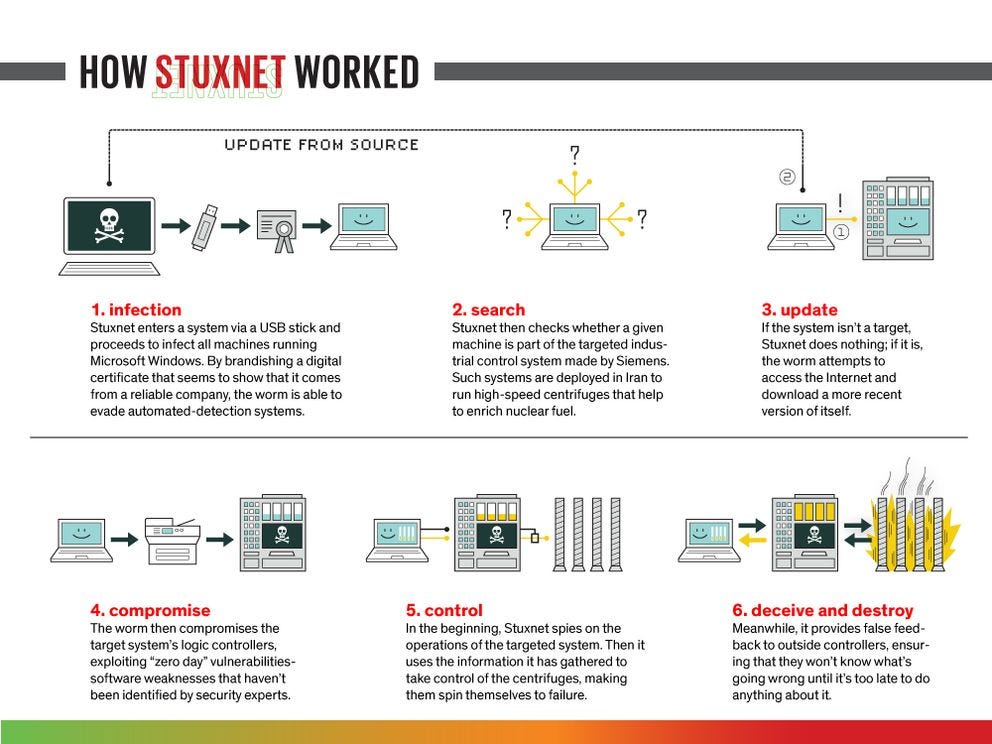




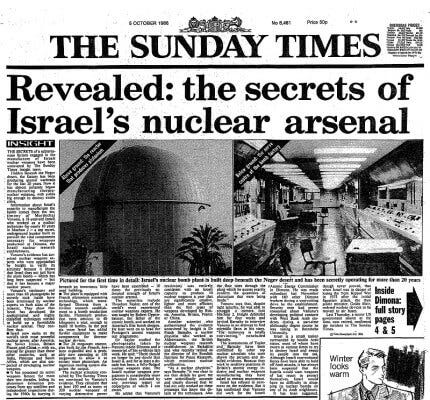

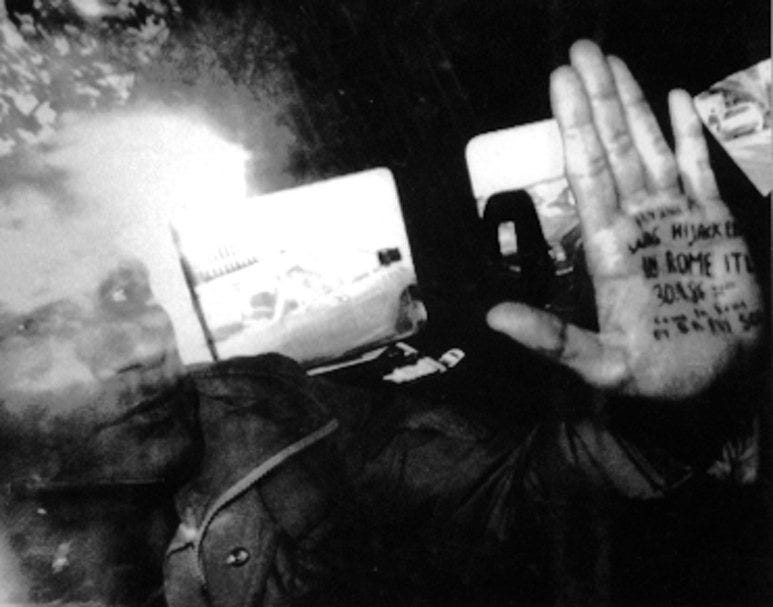


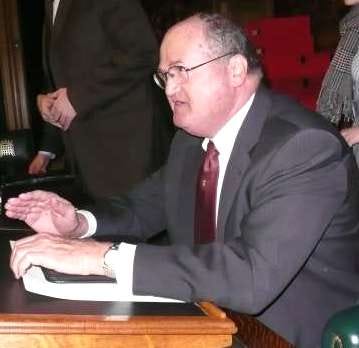



My gosh, Luca. I had no idea Israel would define the temple to be destroyed in the Samson option not just Israel but the world. We do have to recognize, though, don't we, that all wars have a strong possibility of becoming "total."